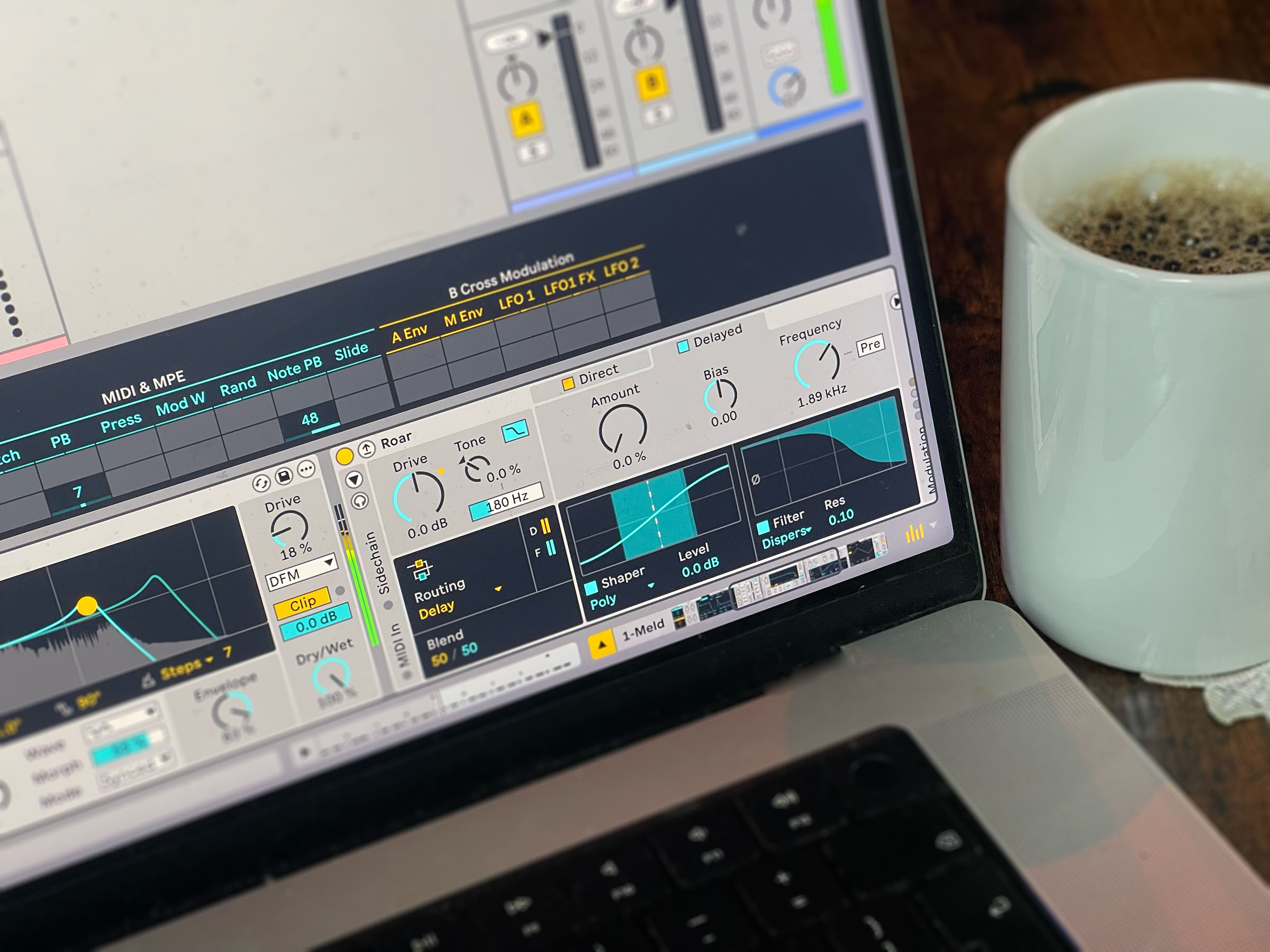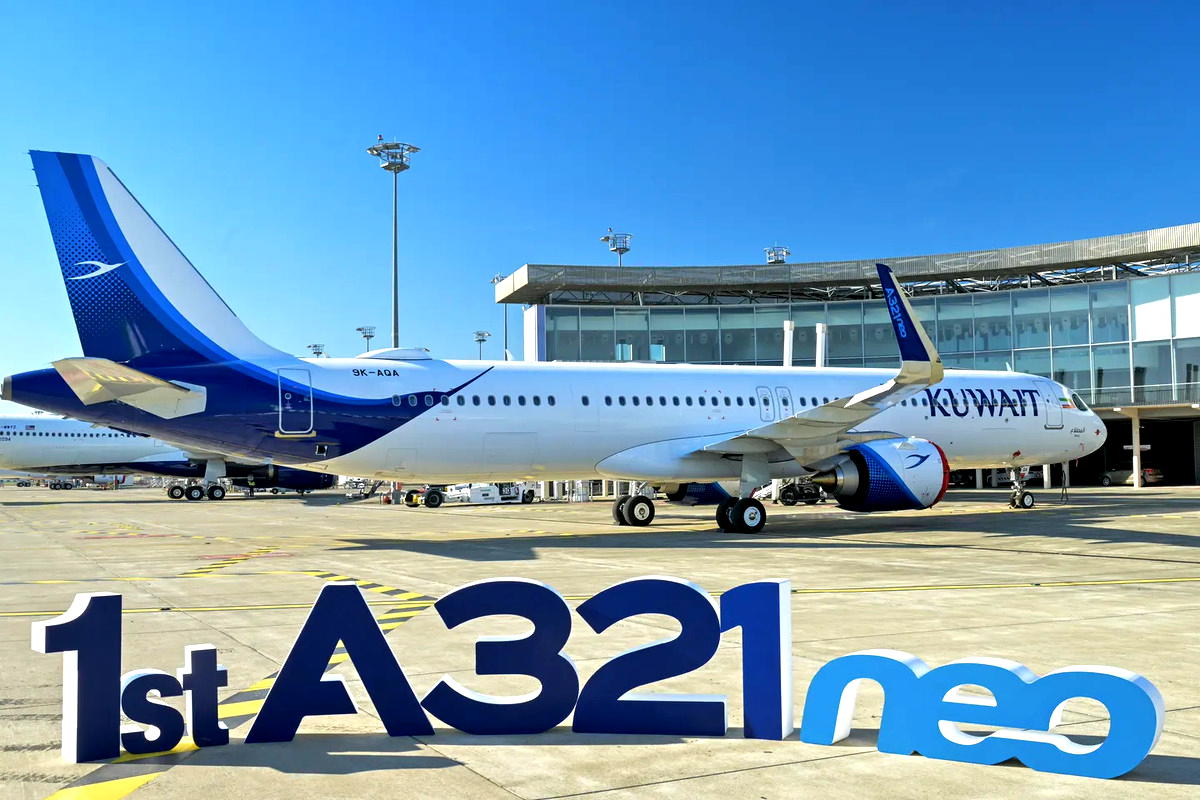Regulators Order Air India Boeing 787 Dreamliner Inspections
India’s Directorate General of Civil Aviation (DGCA) has just implemented a new policy for Air India’s Boeing 787 fleet, following yesterday’s tragic crash, which killed hundreds. This seems like a logical enough approach…

India’s Directorate General of Civil Aviation (DGCA) has just implemented a new policy for Air India’s Boeing 787 fleet, following yesterday’s tragic crash, which killed hundreds. This seems like a logical enough approach…
India requires enhanced Boeing 787 safety inspections
As of June 15, 2025, Indian regulators will require Air India to inspect all Boeing 787 aircraft prior to departing an Indian airport. This applies not just to the 787-8 model that crashed, but also to the 787-9 model, which Air India acquired through its merger with Vistara.
This requirement consists of several things. It includes inspection of fuel parameter monitoring and associated system checks, inspection of cabin air compressor and associated systems, electronic engine control system tests, engine fuel driven actuator operational tests, serviceability checks of hydraulic system, and review of takeoff parameters.
We’ll also see a flight control inspection be introduced in transit inspections until further notice, as well as a power assurance checks, to be carried out within two weeks.
As mentioned above, this requirement applies exclusively to Air India aircraft. However, that might just be a function of no other Indian carriers having 787s registered to them (though IndiGo is leasing some Norse Atlantic 787s).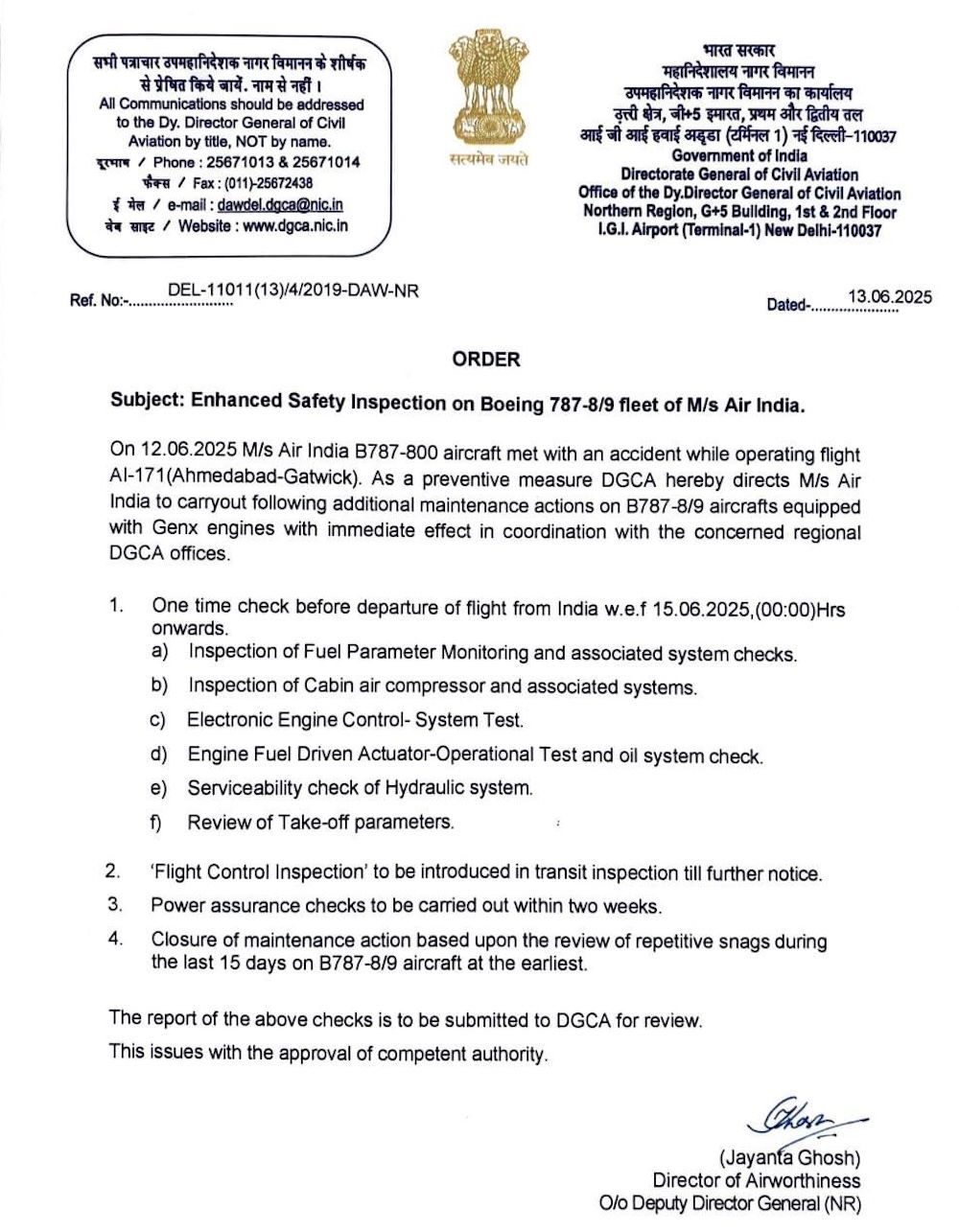
This seems like a sensible request from regulators
Earlier, there had been reports in Indian media that the DGCA was considering grounding all Air India Boeing 787-8s. I’m happy to see that didn’t end up being required, at least based on what we know about the accident so far.
The requirements from the DGCA seem fair and logical. It certainly can’t hurt to err on the side of caution and conduct some checks of similar aircraft, until we have more information about what happened. These requirements aren’t anything that will massively impact the ability of the airline to operate its schedule.
Of course people make all kinds of wild, sensational comments following aircraft accidents. You’ll see people on social media suggesting that all Boeing aircraft should be banned from India, or what not. That’s of course ridiculous.
We don’t know what the cause of this accident was, though given that the 787 has been flying for nearly 15 years without a single fatal accident, odds are in our favor that this isn’t some massive design flaw that imminently impacts the safety of other Dreamliners.
At the same time, nothing is certain, so we also shouldn’t rule anything out. I mean, just look at what happened with the 737 MAX, where we saw one crash in October 2018, and a second crash in March 2019. The planes all ended up being grounded after the second accident, though in retrospect, we probably wish the plane had been grounded after the first accident.
The key difference is that the 737 MAX only entered service less than 18 months before the first accident, compared to nearly 15 years for the 787. So that’s quite a difference.
So for now I commend the DGCA for its level headed approach (though I don’t commend the DGCA for referring to the jet as the 787-800).




























![“[You] Build a Movie Like You Build a Fire”: Lost Highway DP Peter Deming on Restorations, Lighting and Working with David Lynch](https://filmmakermagazine.com/wp-content/uploads/2025/03/1152_image_03-628x348.jpg)
























![Double Dealing [THE FISHER KING]](https://jonathanrosenbaum.net/wp-content/uploads/2011/07/the-fisher-king2.png)



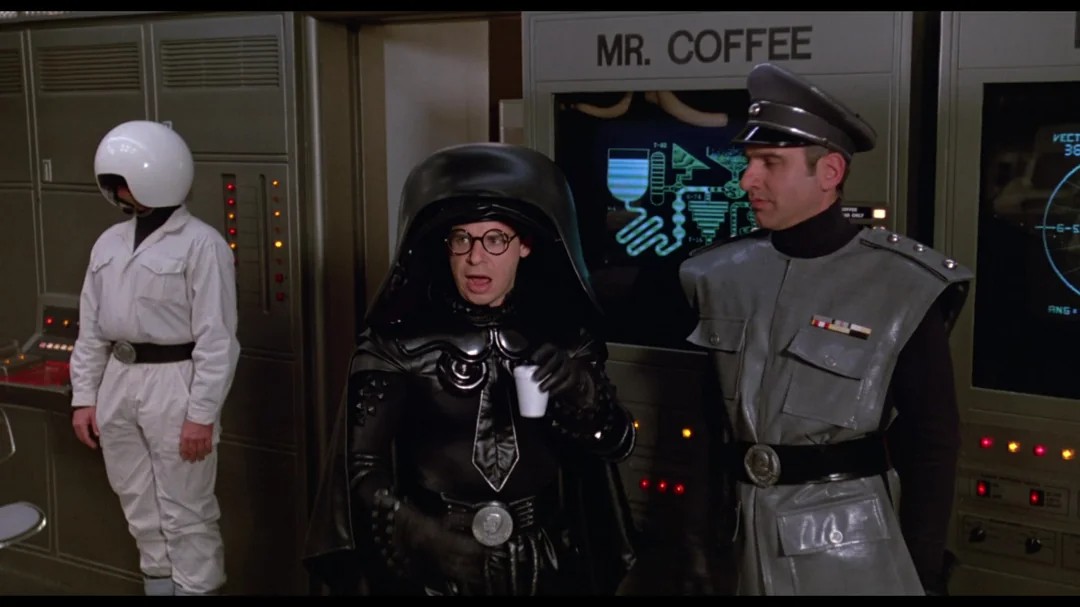








































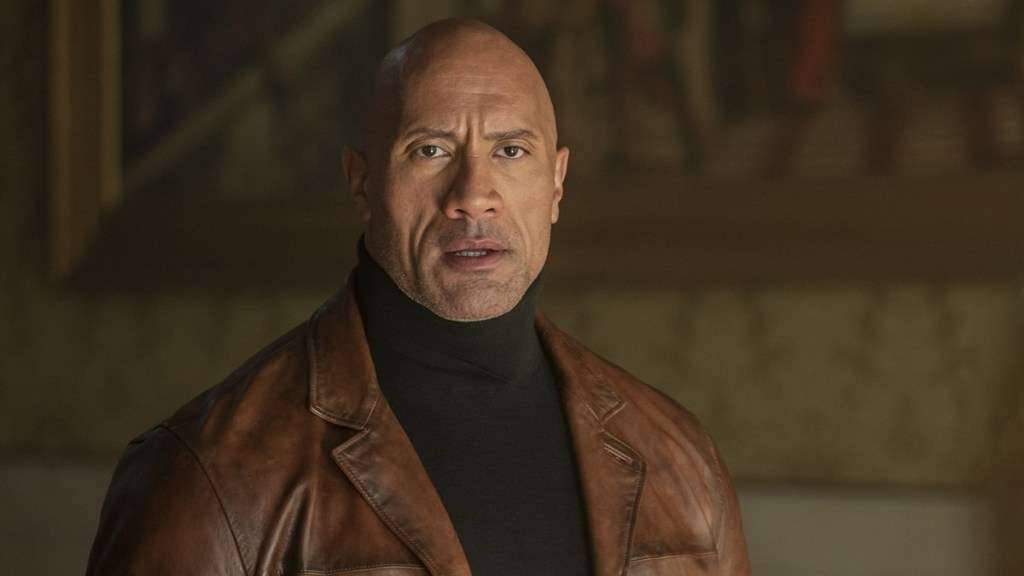
![Dan Gilroy Talks ‘Andor,’ Tyranny, Writing Mon Mothma’s Fiery Speeches, Bix’s Great Sacrifice & More [The Rogue Ones Podcast]](https://cdn.theplaylist.net/wp-content/uploads/2025/06/13114943/Dan-Gilroy-Andor-Interview.jpg)












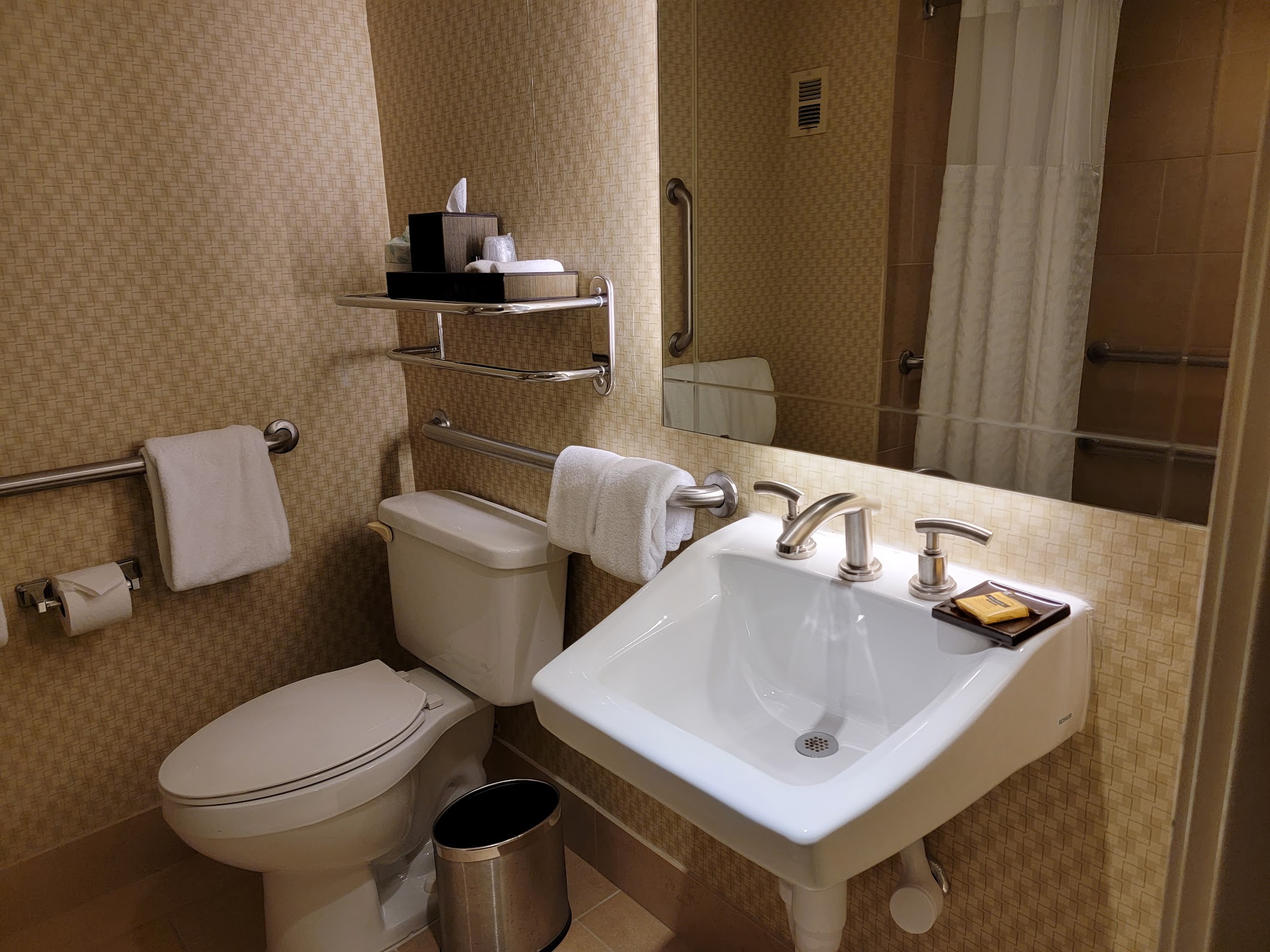

![Freakonomics Says United Pays $33 for Every Business Class Meal—Here’s Why That Number Doesn’t Work [Roundup]](https://viewfromthewing.com/wp-content/uploads/2022/06/20220619_113816-scaled.jpg?#)













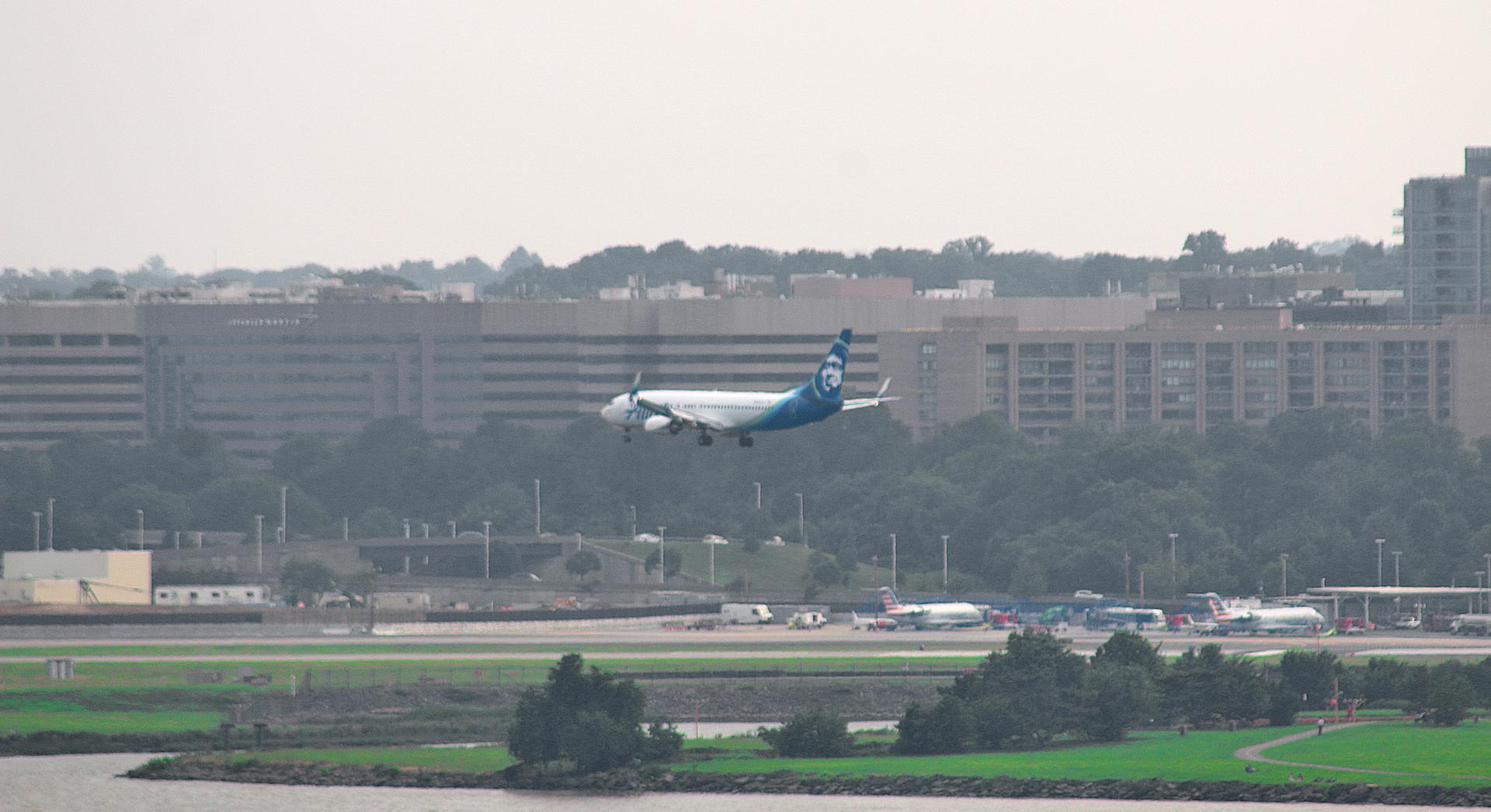
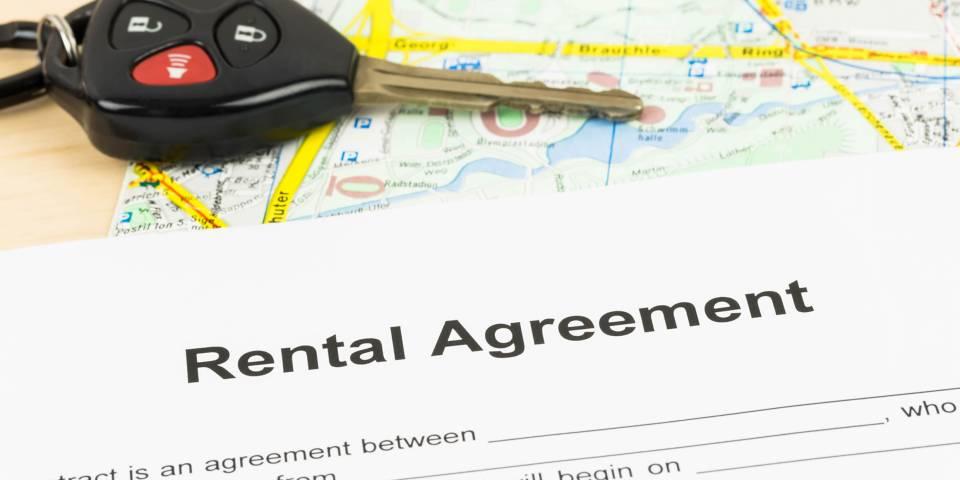






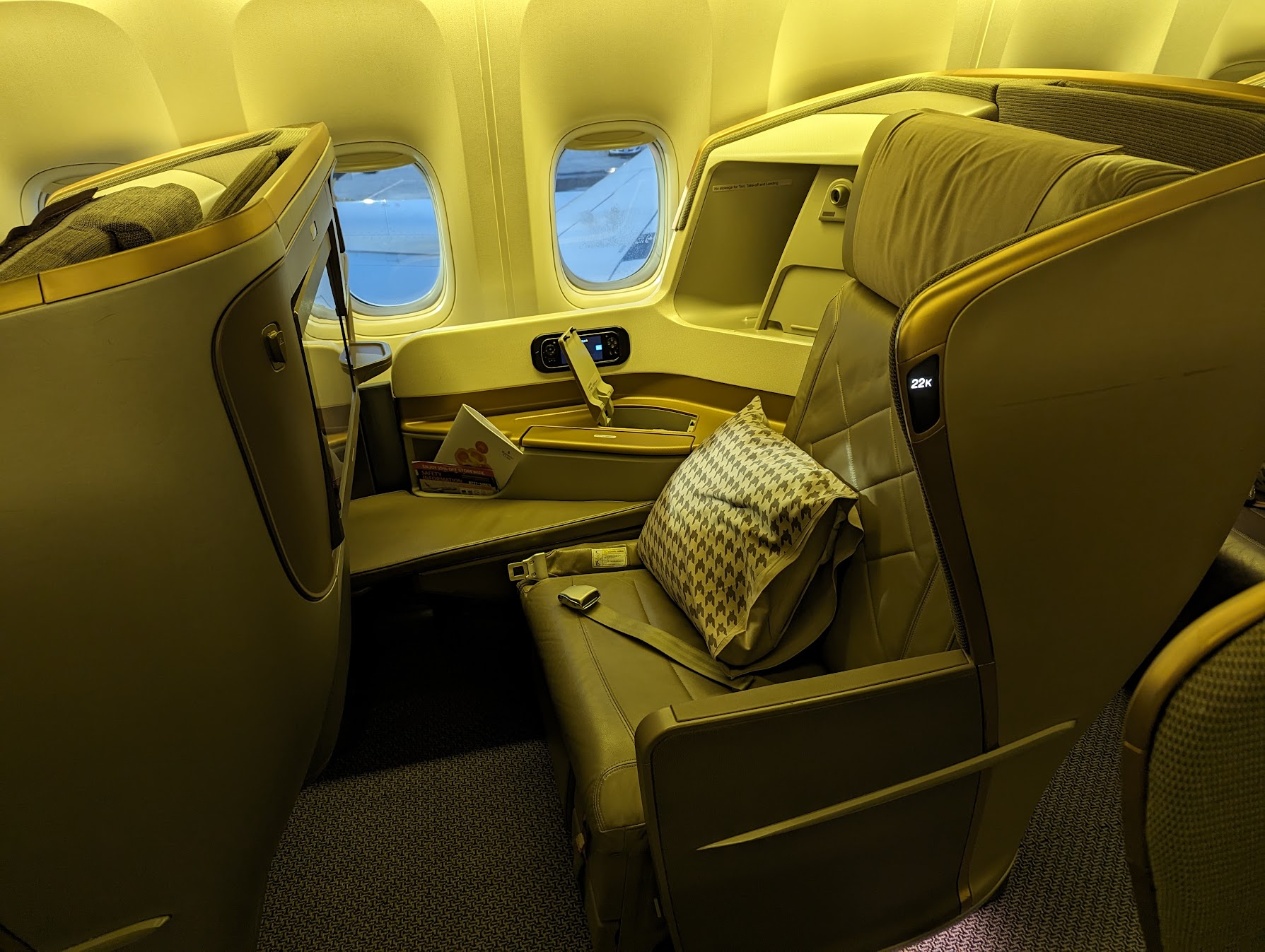

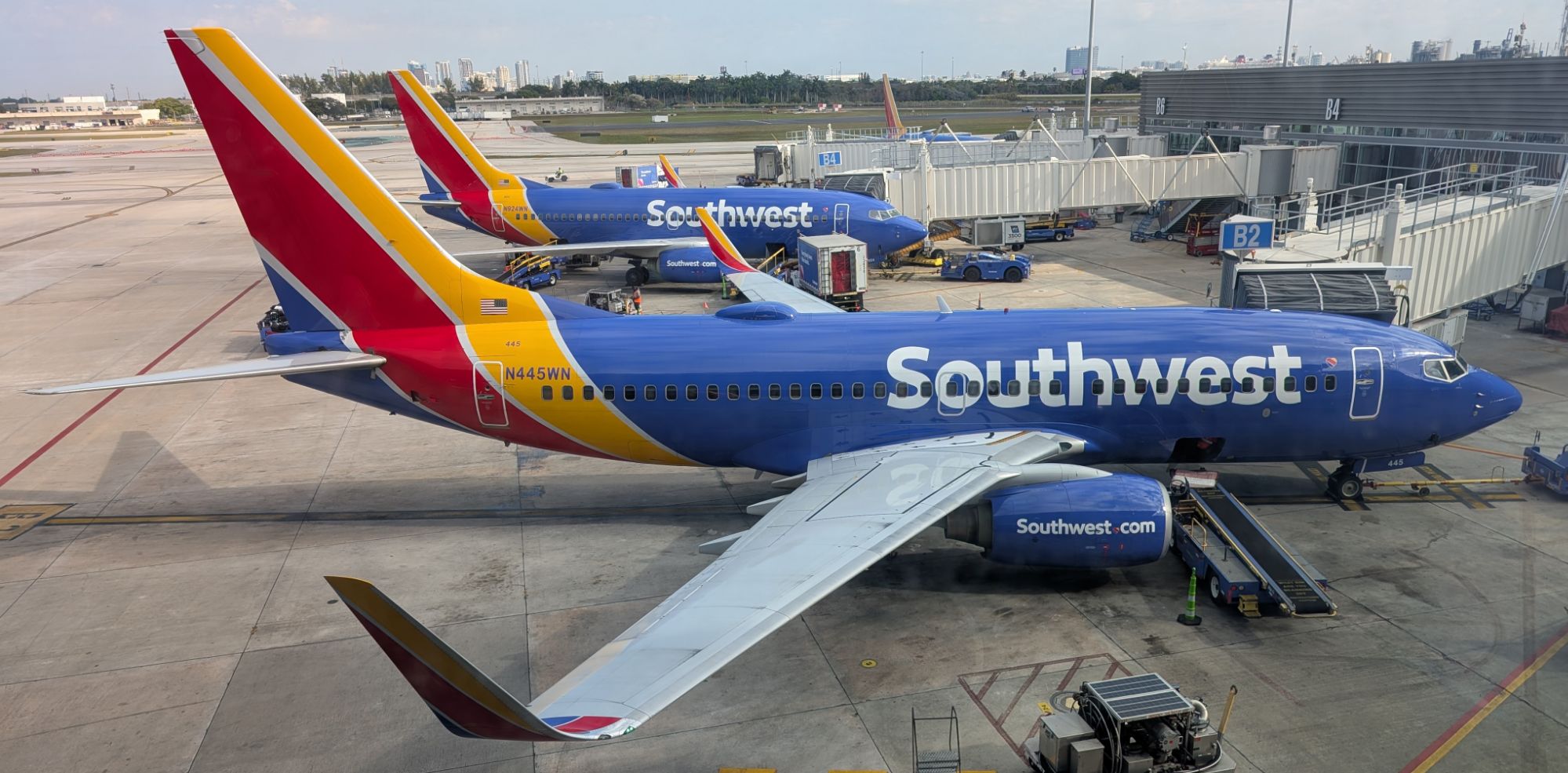





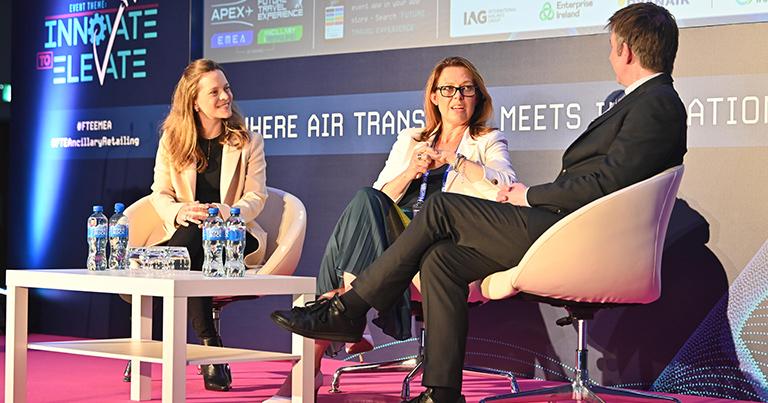



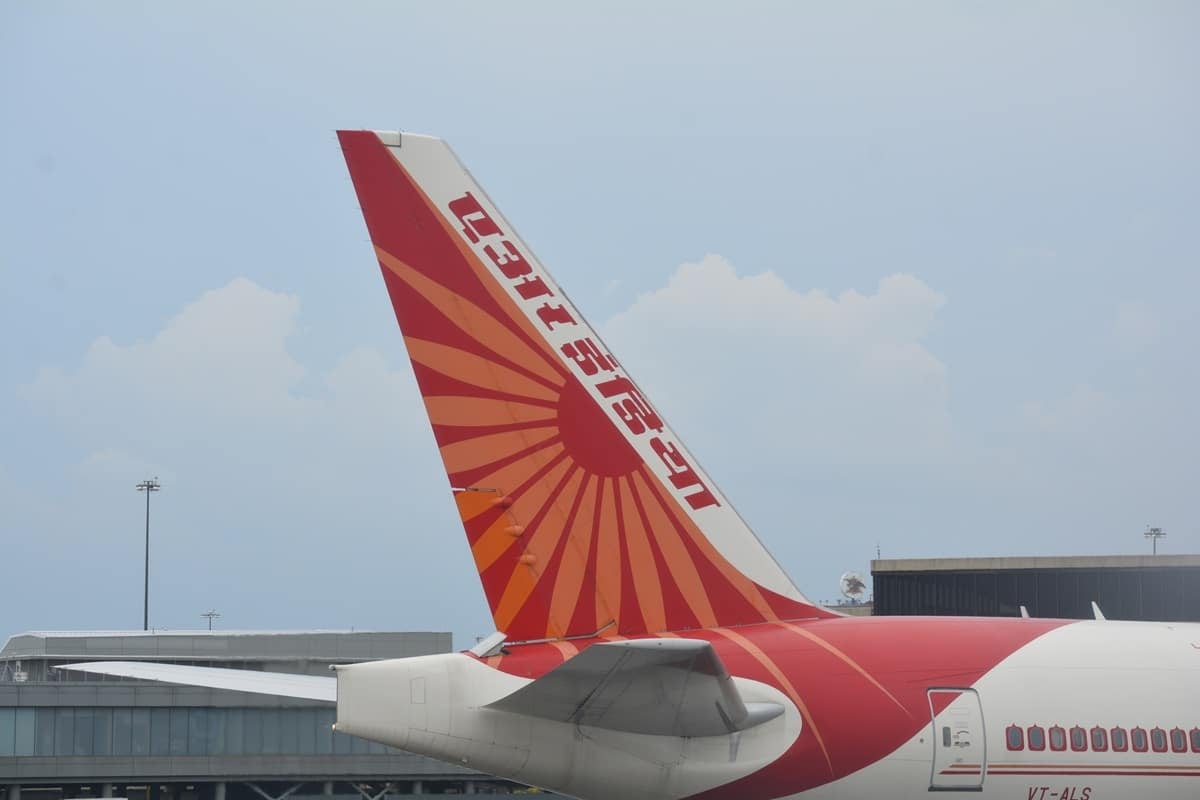



















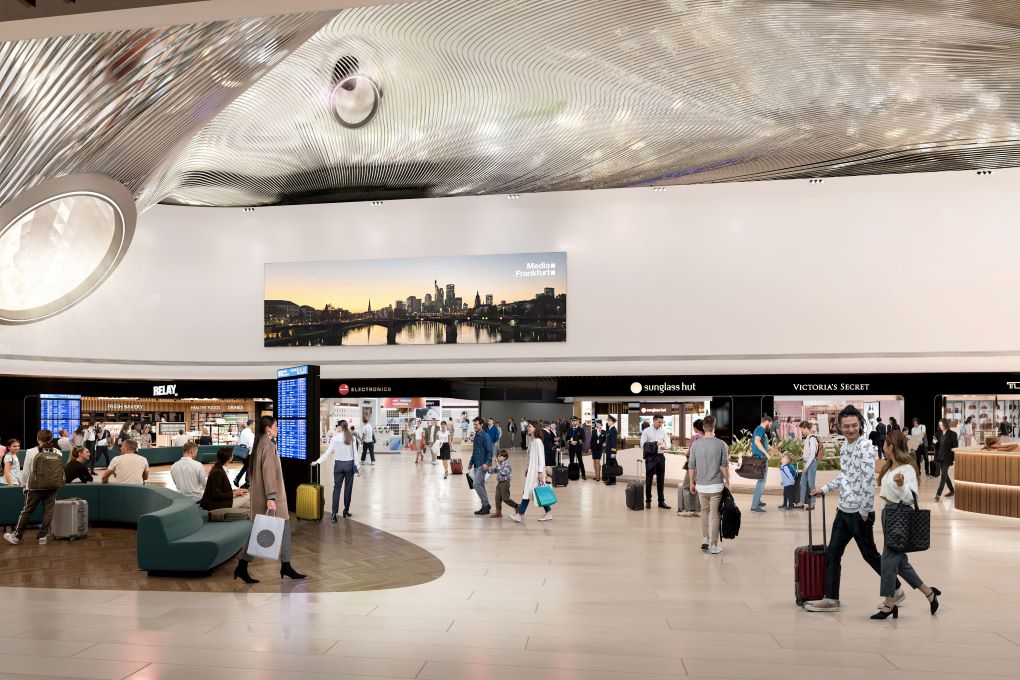









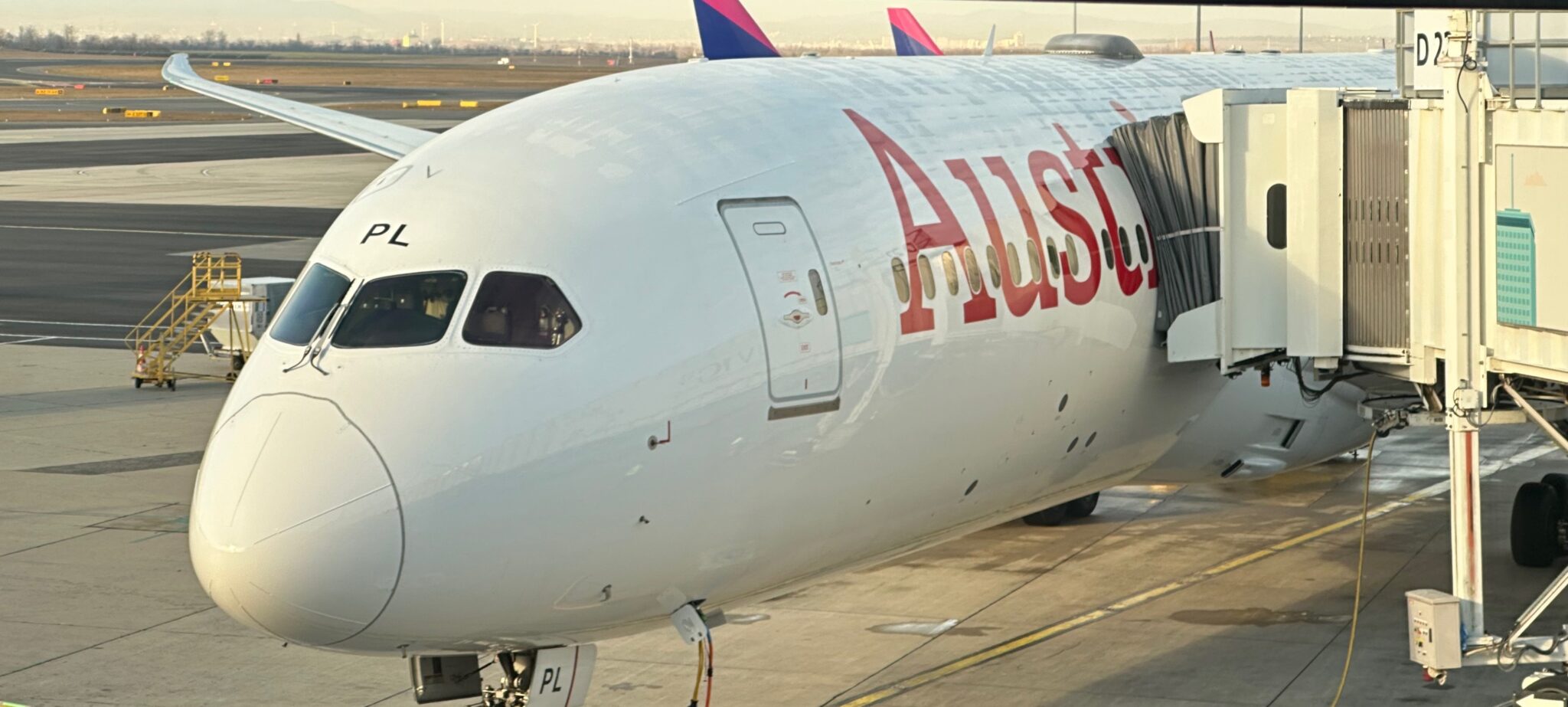












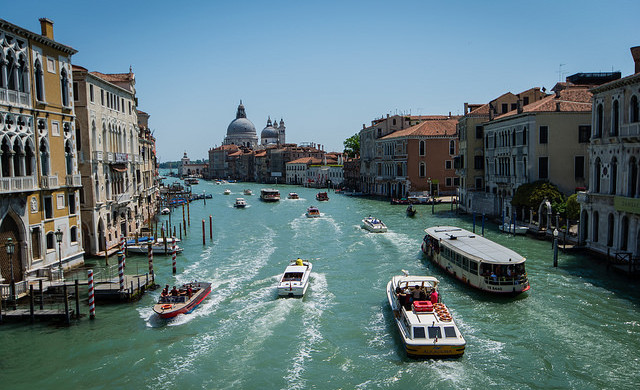































































































.jpg?width=1920&height=1920&fit=bounds&quality=70&format=jpg&auto=webp#)











































































.jpg)








![[Podcast] Problem Framing: Rewire How You Think, Create, and Lead with Rory Sutherland](https://justcreative.com/wp-content/uploads/2025/06/rort-sutherland-35.png)








































































